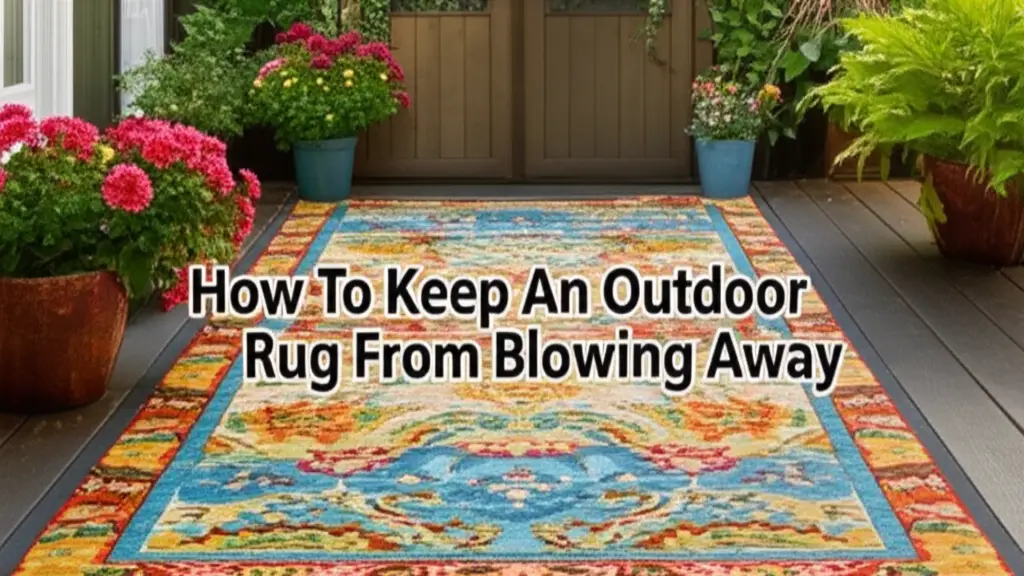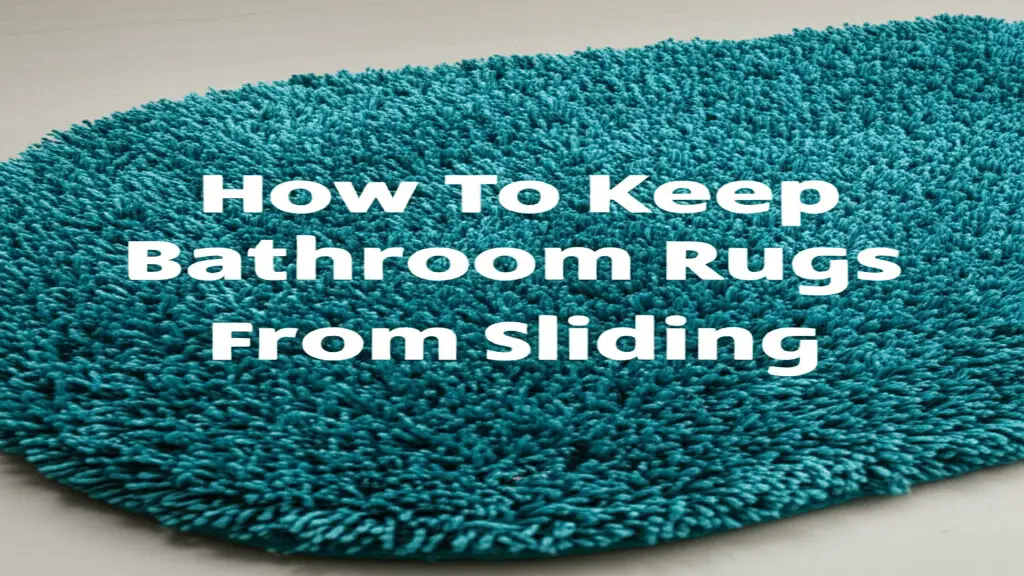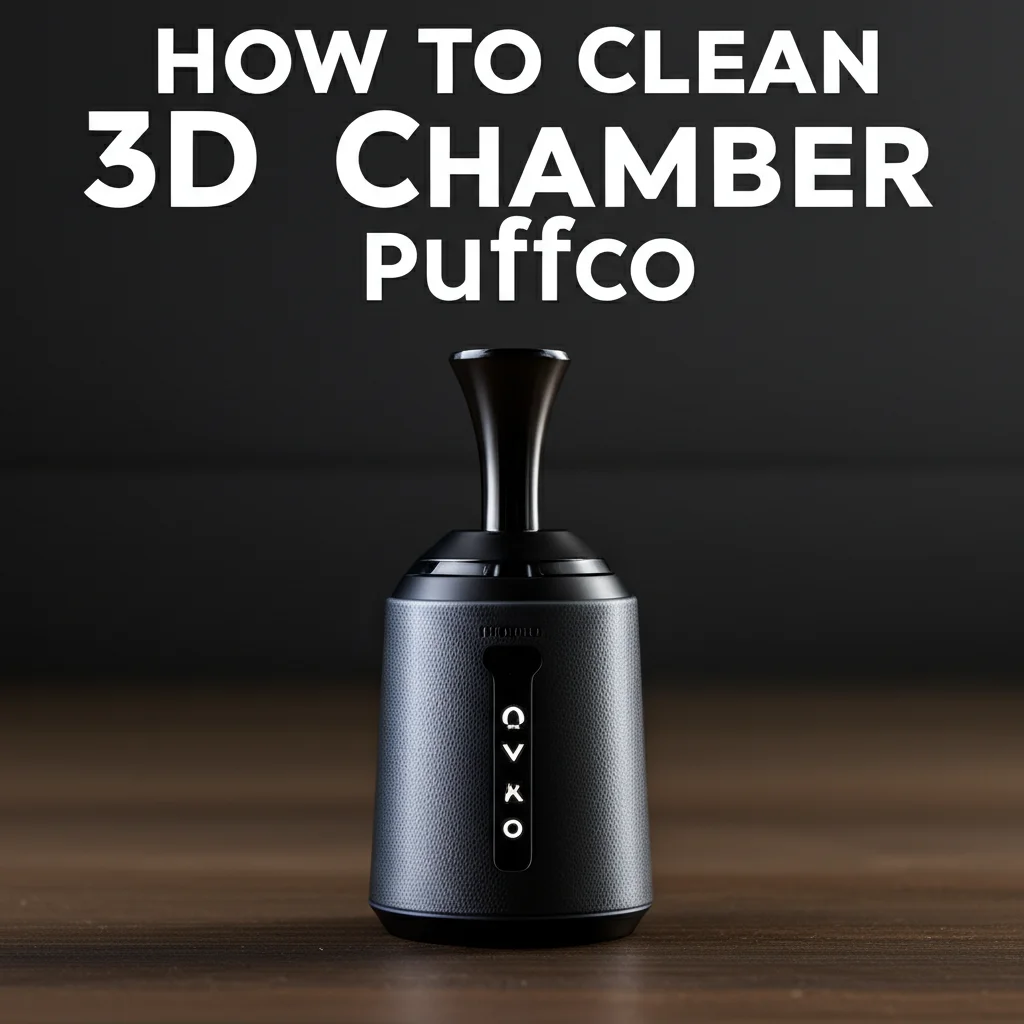· Todd Martin · Outdoor Living · 12 min read
How To Keep An Outdoor Rug From Blowing Away

Before entering your home, the outdoor rug welcomed your guest. It can clean the feet before passing into the home. A doormat can be prepared with various materials like plastic, jute, rubber, cloth, foam, and so on.
The size and weight also depend on your preferences. If your outdoor rug is lightweight and small, it can blow away. So, you should discover how to keep an outdoor rug from blowing away.
Keep your entrance clean, and it is better to spread a rug. Here you will get some amazing ways to protect your carpet from blowing away.
Do You Need a Pad For Your Outdoor Rug?
On a hot summer evening, you get relaxed when sitting on the patio. For making your outdoor space a sitting place, you can use a rug. Outdoor rugs are not like indoor ones. Here you will find some differences.
You can use a rug pad to avoid slipping. It can stick the rug in one place. A thick rug pad gives a comfortable feeling when you step out of the home. Using rug pads can enable air circulation under the rug pads. Without air circulation, the floor under rugs is affected by bacteria and mold.
The surface becomes muddy with dirt and debris. When you have a pad beneath the rug, you can clean the dirt easily. Look at the quality before purchasing a rug pad. A good pad brings ultimate comfort to your patio rug and you enjoy the evening tea there.
Do You Know About Outdoor Rugs?
An outdoor rug is a sturdy mat that can stay well in rain, sunshine, and snow. It gives a comfortable glimpse of your home. The outdoor rug should be stronger than the indoor. A sturdy mat never blows away.
If you choose a lightweight and small rug, it can be run with the wind. So, it is better to become tricky when you choose a doormat. You can settle heavy materials like furniture or plants in the corners of your mat.
How To Keep Your Outdoor Rug Down?
The outdoor rug gives a soft feeling to your bare foot when you come back after hard working days. So here you are going to get 9 great methods to keep your outdoor rug down:
01. Attach Sample Tile With Outdoor Rug:
If you can affix one or more pieces of tile beneath the outdoor rug, it never blows away. Otherwise, it can hurt your bare feet. Therefore, it is better to attach a small amount of tile in the corner.
02. Use Double-sided Tape:
On the concrete floor, you can try double-sided tape to place your outdoor rug. It is durable and easy to use. This tape never damages your doormat at all. Using this tape, you can avoid sudden slips and secure safety for kids and elders.
Double-sided tape provides a convenient way to stop your outdoor rug from slipping and sliding. Here’s how:
Materials:
Outdoor-grade double-sided carpet tape (look for strong adhesion and weather resistance)
Scissors
Measuring tape (optional)
Cleaning supplies (for concrete patio)
Steps:
Prep the Surface: For the best grip, ensure your concrete patio is clean and dry. Sweep away dirt and debris, and wipe off any stains.
Measure and Cut Tape: Measure the perimeter of your rug. If you want extra security, plan for crisscrossing strips in the middle of the rug as well. Cut the tape into the needed lengths.
Apply Tape to the Floor: Carefully peel the backing off one side of the tape and press it firmly along the edges of where your rug will be. For extra hold, add those crisscross strips across the center area.
Place the Rug: Slowly remove the backing from the top side of the tape. Position your rug carefully, starting with one corner and aligning it perfectly. Firmly press the rug onto the tape, working outward from the center.
Test and Adjust: Walk across your rug to verify a secure hold. If necessary, add more tape strips for extra stability.
Important Considerations:
Suitable Surfaces: Double-sided tape works best on smooth concrete surfaces. It may not work as effectively on textured or porous concrete.
Residue: Some tape brands may leave residue on your floor. Do a test spot in a concealed area before full application.
Reapplication: Over time, the tape’s grip may weaken, especially in areas of high traffic. Inspect regularly and reapply tape as needed.
03. Good Glue and Velcro Stripes:
The wooden floor becomes slippery when using the doormat. Velcro stripes fixing with the rug is a nice idea to solve your problem. Heavy-duty adhesive helps you to attach an outdoor carpet to the floor.
how to secure your outdoor rug using a combination of glue and Velcro strips. This can be a strong, semi-permanent solution, especially for larger rugs in windy areas.
Materials:
Outdoor-grade construction adhesive
Heavy-duty Velcro strips (wider strips provide a greater hold)
Scissors
Measuring tape
Cleaning supplies (for concrete patio)
Caulk gun (for the adhesive)
Gloves (optional, for working with the adhesive)
Steps:
Clean and Prepare: Ensure your concrete surface is clean, dry, and smooth. Remove any debris and old adhesive residue.
Cut Velcro Strips: Measure the perimeter of your rug and cut the Velcro strips to the appropriate lengths.
Attach Velcro to the Rug: Attach one side of the Velcro (typically the hook side) to the underside of your rug along its edges. Use either the adhesive backing, if your Velcro provides that, or sew the strips securely to the rug.
Apply Adhesive to the Patio: Mark the exact position of your rug on the patio. Following the instructions for your chosen adhesive, carefully apply beads or zig-zags of the adhesive where the complementary Velcro strips will sit.
Place the Rug: Slowly and carefully position your rug, aligning the Velcro strips attached to the rug with the adhesive on the patio. Press firmly, working your way around the rug for an even bond.
Allow to Cure: Let the adhesive cure completely according to its instructions. This usually takes 24-48 hours. Avoid walking on the rug during this time.
Additional Tips:
Consider adding adhesive dots under the rug’s center for extra stability.
For very large or heavy rugs, applying glue to the entire rug’s underside will likely be needed in addition to the Velcro for the most secure hold.
04. Stapled or Nailed The Rug:
Try a carpet stapler to nail down the edges of your outdoor rug. So, the wind can not shift it anymore. Please use this stapler carefully, it may injure your hands. On the hardwood floor, it is necessary to use a small hammer to press the pin.
Stapling or nailing an outdoor rug directly to your patio is generally not recommended for several reasons:
Disadvantages of Stapling/Nailing
Damage to Rug: Punctures the rug material, potentially shortening rug lifespan and increasing the risk of unraveling or tears.
Damage to Surface: Creates holes in your concrete or deck. Water can seep into these, leading to cracks or structural problems over time, especially in colder climates.
Limited Flexibility: Makes moving or rearranging the rug difficult, and you’ll be left with holes in the surface.
Tripping Hazard: Raised staples or nails can become a tripping hazard.
When It Might Be a Last Resort
There are very few scenarios where this might be considered at all:
Temporary/Infrequent Use: If your rug is only for a very specific occasion, and damage is not a major concern.
Covered Area on Wood Deck: If your patio is fully covered and the deck is wood, the holes will be less problematic for the structure. Even then, the rug itself is still likely to be damaged.
Best Alternatives:
The methods mentioned previously are far superior options for securing your outdoor rug:
Furniture weights
Outdoor rug pad
Velcro strips
05. Non-slip Rug Pad Gripper:
The rug pad gripper is a smart choice for keeping your outdoor rug in place. This gripper is made from PVC, rubber, and latex. It is smaller in size than your doormat. But, because of its grip, it can protect your rug from tough weather.
These grippers are usually triangular or rectangular pieces made with a grippy material on both sides. One side sticks to the underside of your rug, while the other side grips the patio surface. They add both traction and a bit of cushioning.
Steps to Use Them
Clean and Prep: Ensure your rug’s underside and the patio surface are clean and dry.
Place Grippers: Position the grippers at each corner of your outdoor rug. If your rug is larger, consider adding a few in the center as well, especially in windy areas.
Press and Smooth: Firmly press down on the grippers to ensure they are fully adhered to both the rug and the patio. Smooth your rug to be sure it’s fully flat.
Types of Non-Slip Rug Grippers
Repositionable: These often have a gel-like texture and are suitable if you may want to move your rug occasionally.
More Permanent: Some grippers have a stronger adhesive for a longer hold. Consider these for very windy spots.
Important Tips
Size Matters: Choose grippers of an appropriate size for your rug. Larger rugs may need bigger grippers for better hold.
Outdoor Specific: Ensure that your grippers are rated for outdoor use to withstand the elements.
Periodic Checks: Inspect the grippers occasionally, especially after heavy rain or high winds, to ensure they haven’t shifted.
Advantages of Grippers
Ease of Use: Very simple to apply.
Versatility: Works on most patio surfaces and with various rug types.
Relatively Inexpensive: A budget-friendly option.
Non-Damaging: No holes or adhesive needed.
06. Use Heavy Outdoor Rug:
A heavyweight outdoor rug can solve your problem. The perfect weight for a doormat is 300g. Though a lightweight carpet is washable and convenient to transfer, it can blow away. Instead, choose a Rubber Backing Rug that can stick to the floor; because of the heavy backside, the doormat never blows up.
07. Place Heavy Furniture On The Rug:
Set heavy furniture in the corner of your outdoor rug. A shoe rack or showpiece stand makes your entrance wonderful. Fix two legs of a chair or tea table on the side of the outdoor carpet. You can set any pottery or flower vase beside the doormat.
08. Choose Weather-proof Rug:
Think about the weather when you select the outdoor rug. Specifically, in the rainy season, it is obvious to lay a waterproof mat on the doorstep. A carpet made from polypropylene or polyester is suitable for all seasons. That rug can deal with high foot traffic. They are mold, mildew, and UV resistant.
09. Select Mat Thinking About Floor types:
The floor of your house is responsible for not having an outdoor mat. Select your rug, thinking about floor types. Otherwise, the slippery mat can affect accidents. Use double-sided tape or strong adhesive to stick to the carpet.
Useful Tips:
Purchase a UV-resistant mat so that it will not fade away soon.
Choose a colorful mat with the perfect shape and size.
Some mats are machine washable, and some require hand wash. Know about the materials of your rug before washing it.
In wet weather, use a rubber or plastic rug. In the rainy season, take the carpet inside of the house. If the mat absorbs lots of water, it may damage.
FAQs
What’s the point of an outdoor rug?
When you use an outdoor rug, it can protect the surface of the entrance, avoid slips, and makes your doorstep outstanding and elegant.
How do I choose the right outdoor rug?
The outdoor rugs are generally prepared from polypropylene or polyester. They are durable and mold-resistant. For choosing the right one, do not forget your floor types of house.
Can I put an outdoor rug on concrete?
Yes. You can. Use rug tape or adhesive first, then put your outdoor rug on the concrete.
Should I put something under my outdoor rug?
Use a rug pad to enable air circulation. Otherwise, bacteria and mold arise under the outdoor rug.
What happens when outdoor rugs get wet?
If your outdoor rugs get wet, the mold can grow under the mat. Make it dry as soon as possible when it gets wet anyway.
How big should an outdoor carpet be?
The size range of 5×8 to 9×12 is ideal for an outdoor rug. Keep enough space beside your carpet so that air circulation runs through properly.
General Rule of Thumb: Go a bit bigger than you think you might need. A larger rug helps a space feel bigger and more luxurious. You also get more ground coverage, a bonus for barefoot lounging or kids playing.
Specific Areas
Patio/Deck Dining Areas:
Measure the area with all dining chairs pushed in. Then, add at least 24 inches on all sides. This allows guests to pull chairs in and out without them catching on the rug’s edge.
Common sizes: 8′ x 10′ rugs for standard 6-seater tables, 9′ x 12′ rugs for 8-seaters.
Seating Areas:
You have options:
Legs On: Choose a size allowing all the furniture legs to rest on the rug, giving a cohesive look.
Front Legs Only: A smaller, more budget-friendly rug just under the front legs of furniture still anchors and defines the space.
Common sizes: 5′ x 8′, 6′ x 9′, and 8′ x 10′
Small Spaces (balconies, porches):
Use the size of the space as your guide.
Leave about 12 inches of exposed floor on all sides for balance.
Common sizes: 3′ x 5′, 2′ x 3′
Entryways:
- A typical doormat size of 2′ x 3′ works well, or go slightly larger for more impact.
Final Thought
A colorful outdoor rug brings the happiness of entrance. Choose your doormat by following the tips given here. You learned further information on how to keep an outdoor rug from blowing away.
Try to keep a big, lightweight, and soft mat on the front door. Most importantly, apply any of the methods learned here to keep your rug in place.
Keep the outdoor carpet clean and dust free. A tidy outdoor rug creates a fresh idea about the house and dwellers.





